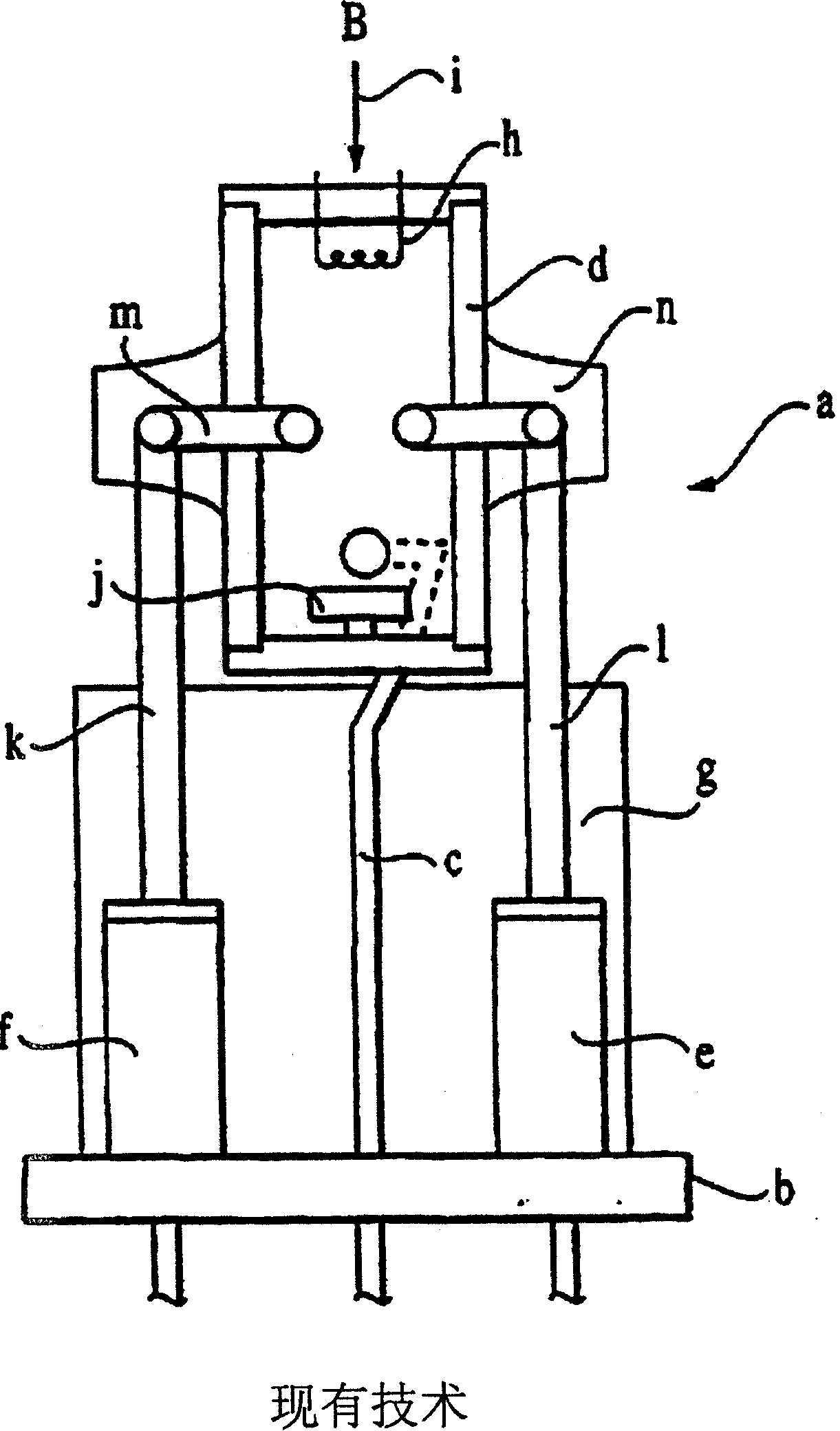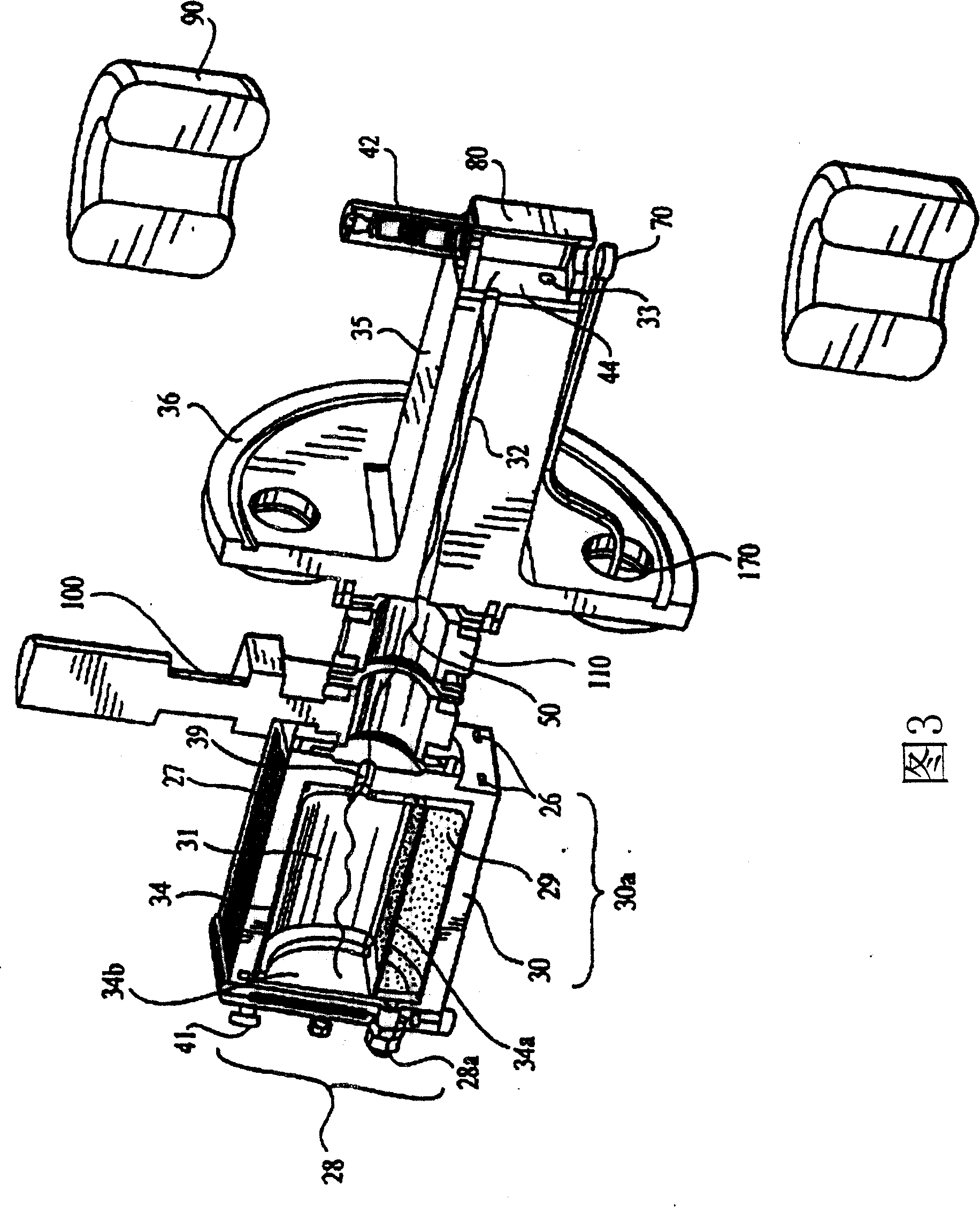Ion implantation system and ion source
An ion implantation system and ion implantation technology are applied in the field of ion implantation of ion source structure, which can solve the problems of increased space charge, high complexity and low ion productivity of an ion beam, and achieve the effect of minimizing the space charge effect.
- Summary
- Abstract
- Description
- Claims
- Application Information
AI Technical Summary
Problems solved by technology
Method used
Image
Examples
Embodiment Construction
[0125] The following terms and definitions apply throughout this application.
[0126] Transverse Kinetic Energy (Er): The component of kinetic energy transverse to the direction of beam propagation, ie the extraction field direction. Er=1 / 2mv T 2 , where v T is the component of the velocity in the vertical direction of the extracted field.
[0127] Beam Noise (N): Fluctuations in beam current density, as a percentage of the average current level, at frequencies above 100 Hz.
[0128] Emissivity (ε): The total emissivity ε is the product of two emissivity, ε=ε x ε y , where in the case of using a vertical trough lens, ε x is the emissivity in the horizontal direction (along the width of the groove), ε y is the emissivity in the vertical direction. For any lens shape, ε x ε y Defined along two orthogonal directions perpendicular to the direction in which the beam travels. emissivity component e i It is defined as follows:
[0129] ε x = 2κΔ x alpha x , ε y = 2κ...
PUM
| Property | Measurement | Unit |
|---|---|---|
| Length | aaaaa | aaaaa |
Abstract
Description
Claims
Application Information
 Login to View More
Login to View More - Generate Ideas
- Intellectual Property
- Life Sciences
- Materials
- Tech Scout
- Unparalleled Data Quality
- Higher Quality Content
- 60% Fewer Hallucinations
Browse by: Latest US Patents, China's latest patents, Technical Efficacy Thesaurus, Application Domain, Technology Topic, Popular Technical Reports.
© 2025 PatSnap. All rights reserved.Legal|Privacy policy|Modern Slavery Act Transparency Statement|Sitemap|About US| Contact US: help@patsnap.com



